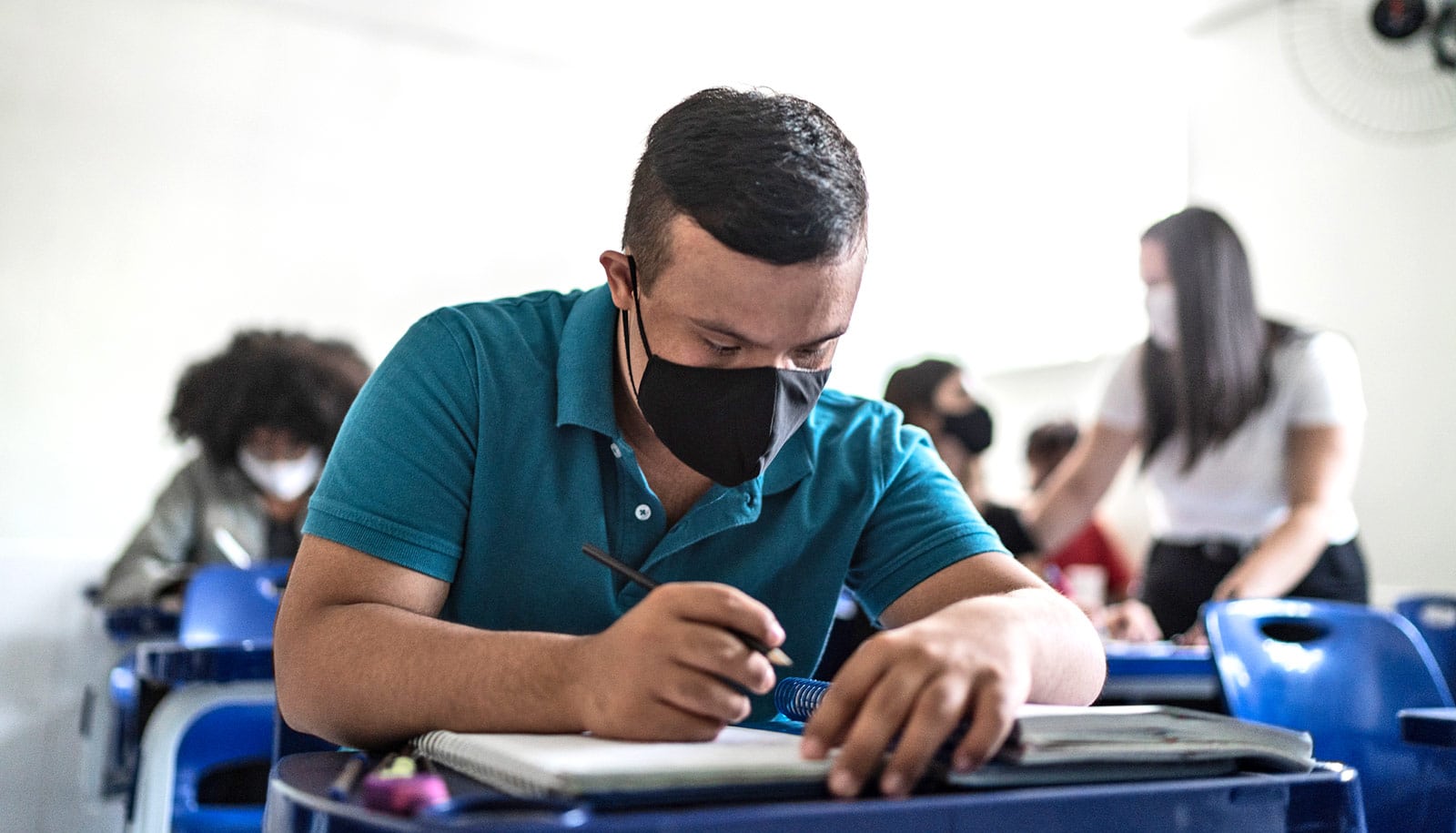Turnover among K-12 school leadership decreases the capacity to share research-based ideas and practices district-wide, research finds.
The findings also indicate that leadership churn has the greatest negative impact on the brokering of research evidence in lower-performing schools working to improve outcomes for young people.
The researchers analyzed how research moved through structures and relationships among educators in three urban school districts across the United States to better understand how and when “connections” around research happen.
The impact of turnover on the “brokering” role (a concept and measure in social network analysis) that some educators play in providing access to research evidence has been less known, so the research team set out to identify conditions that facilitate or hinder the diffusion of research among individuals across schools and school systems, according to Kara Finnigan, professor in educational leadership at the University of Rochester’s Warner School of Education and co-principal investigator of the project.
“Since organizational learning is a process of using data, such as research evidence, to promote the school districts’ improvement and equity, our results are important to policy and practice because they point to how the significant turnover among leaders and disruption of the leadership structure of ties decreases the capacity around research evidence and organizational learning,” says Finnigan. “This, in turn, has the potential to have a ripple effect, impacting outcomes for youth, particularly in low-performing schools and school systems that are already in turmoil.”
Finnigan conducted the study with her colleague and co-principal investigator Alan J. Daley, professor at the University of California, San Diego. They used longitudinal social network, survey, and interview data to better understand how an individual’s social network is related to the use of research evidence and provide the data to develop better interventions to help accelerate the use of research.
The researchers used social network theory and analysis to dig deeply into the brokering roles that exist, as well as to identify who assumes these roles, to the flow of research evidence in school districts. They looked more closely at overall and subgroup network patterns, how these patterns relate to the level of research collection, interpretation, and use, and the various stages of research use.
Their most recent analysis appears in a chapter of the new book Networks, Knowledge Brokers, and the Public Policy Process (Palgrave Macmillan, 2021) released this month. This component of their larger study dives deeper and provides insight into not only who the brokers were but also the type of roles the broker played in bridging research evidence to leaders of lower-performing schools, a critical piece that contributes to the broader research evidence use and school/district improvement literature.
Their chapter focuses on what type of brokering is happening and what this means as far as liaison and gate keeping roles. It also points to the importance of people not always knowing if the ideas they are getting are based in research evidence due to the links through the broker. Lastly, it shows how significant turnover among leaders disrupted the leadership structure—or the “broken bridges” that connect educators district-wide—and hindered the flow of research evidence across the district and leadership groups.
The research team found that area superintendents, sometimes referred to as zone chiefs or principal supervisors, (ahead of district superintendents, other central office leaders, and principals) were the most important source for research evidence as well as in connecting otherwise disconnected people in the network around research ideas. Additionally, their data indicates that these leaders acted as “bridges” between principals and central office instructional leaders, in particular. Accordingly, their data points to the turnover among area superintendents as hindering the use of research evidence district-wide and having the greatest negative impact on principals from lower-performing schools who became disconnected from research ideas due to the instability of the leadership structure.
Funding came from the William T. Grant Foundation.
Source: University of Rochester



